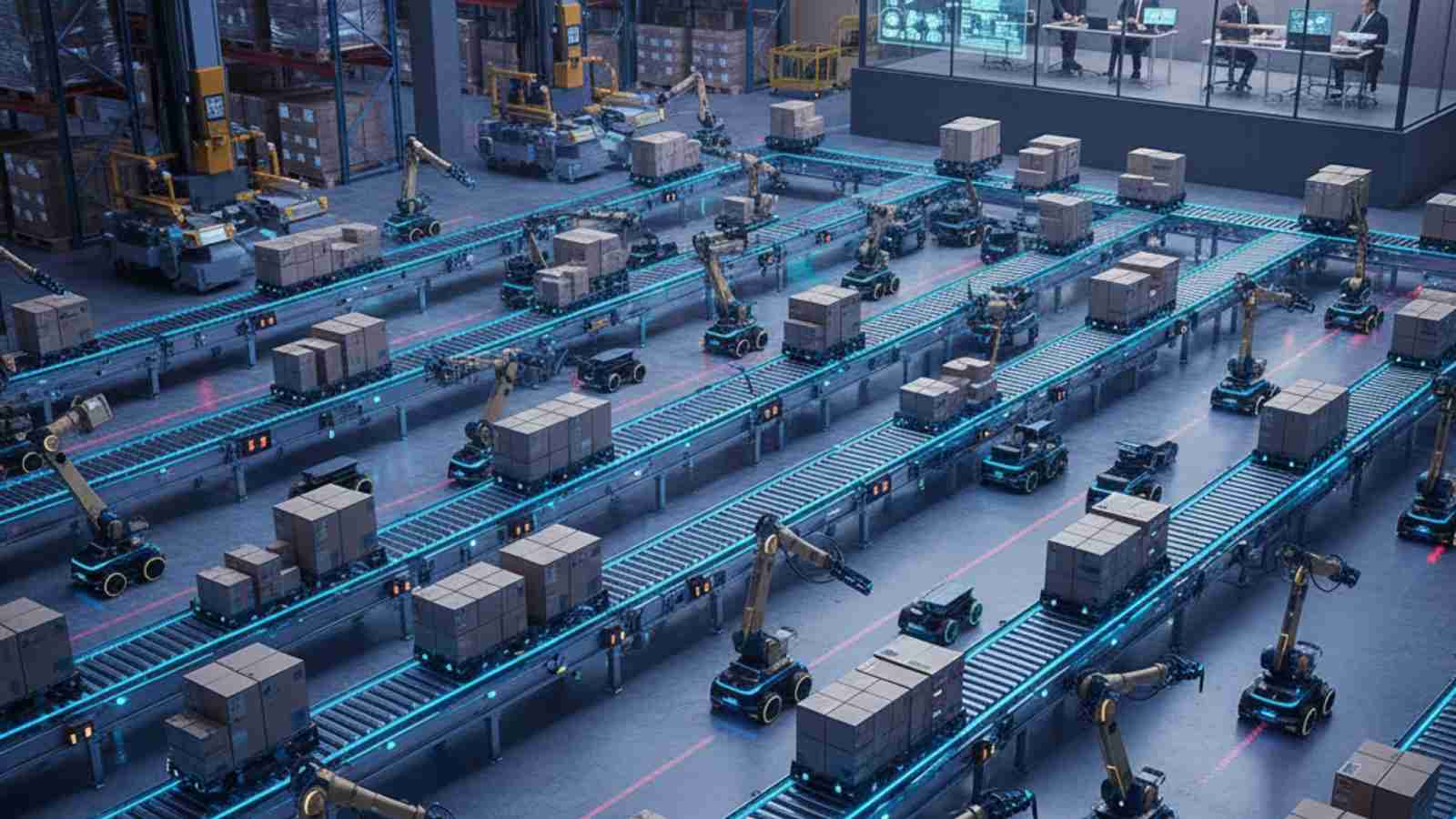As global supply chains grow more complex and customer expectations rise, businesses are turning to automation to stay competitive. From AI-driven forecasting to robotic process automation (RPA) in procurement, the promise of an automated supply chain management system is clear: greater efficiency, reduced costs, and enhanced resilience.
Yet, the journey toward full automation isn’t without its hurdles. Understanding the current challenges, emerging trends, and key innovations is essential for any organization aiming to future-proof its operations.
The Promise of Automation in Supply Chains
At its core, supply chain automation leverages technology—such as artificial intelligence (AI), machine learning (ML), the Internet of Things (IoT), and cloud platforms—to streamline processes that were once manual, fragmented, or paper-based. This includes everything from demand forecasting and inventory management to order fulfillment and supplier collaboration.
According to a 2023 Gartner report, over 75% of large enterprises are piloting or implementing some form of supply chain automation, with many citing improved decision-making speed and operational visibility as top benefits. For manufacturers and distributors alike, automation reduces human error, accelerates cycle times, and frees skilled workers to focus on strategic tasks—like innovation and customer engagement.
Key Challenges in Implementing Automation
Despite its advantages, supply chain automation faces significant implementation barriers:
- Data Fragmentation
Many organizations operate with siloed systems—such as ERP, WMS, and procurement platforms—that don’t communicate effectively. Without clean, unified data, even the most advanced AI models struggle to deliver accurate insights. - Integration Complexity
Legacy infrastructure remains a significant roadblock. Retrofitting older systems with modern automation tools can be costly and technically challenging, especially for mid-sized firms with limited IT resources. - Change Management
Employees may resist automation out of fear of job displacement or unfamiliarity with new tools. Successful adoption requires strong leadership, clear communication, and upskilling initiatives. - Cybersecurity Risks
As supply chains become more digital and interconnected, they also become more vulnerable. A single breach in a supplier’s system can cascade through the entire network. - Geographic and Regulatory Variability
Global operations must navigate diverse compliance regimes, labor laws, and logistics infrastructures. Automation solutions must be adaptable—not one-size-fits-all.
Emerging Trends Shaping the Future
Several trends are accelerating the evolution of automated supply chains:
AI-Powered Demand Sensing
Traditional forecasting relied on historical data. Today, AI analyzes real-time signals—such as social media trends, weather patterns, and geopolitical events—to predict demand shifts with far greater accuracy. This “demand sensing” capability helps companies avoid both stockouts and overstocking.
Autonomous Procurement Workflows
Natural language processing (NLP) now enables systems to interpret plain-language requests, such as “order 100 stainless steel valves,” and automatically generate purchase orders—without requiring part numbers or catalog navigation. This reduces procurement cycle times and minimizes errors.
Digital Twins for Supply Chain Simulation
A digital twin—a virtual replica of a physical supply chain—allows companies to model disruptions, test scenarios, and optimize networks before making real-world changes. The automotive and aerospace industries are already utilizing this for risk mitigation.
Sustainability-Driven Automation
Regulatory pressure and consumer demand are pushing companies to track carbon footprints across tiers of suppliers. Automated systems can now calculate emissions per shipment, recommend greener logistics routes, and flag non-compliant vendors—turning sustainability into a measurable KPI.
Edge Computing in Logistics
Instead of sending all sensor data to the cloud, edge computing processes information locally—at the warehouse, truck, or port. This enables real-time decisions (e.g., rerouting a delayed shipment) without latency.
Innovations Driving Real-World Impact
Recent technological breakthroughs are making automation more accessible and effective:
- Computer Vision in Warehousing: Cameras and AI identify damaged goods, verify inventory counts, and guide autonomous forklifts—reducing manual audits by up to 60%.
- Blockchain for Provenance Tracking: Although still emerging, blockchain provides tamper-proof records for high-value or regulated goods (e.g., pharmaceuticals), thereby enhancing trust across multi-tier networks.
- Low-Code Automation Platforms: These enable non-technical teams to build custom workflows—such as automated PO approvals or supplier onboarding—without requiring heavy IT involvement.
- Predictive Maintenance: IoT sensors on machinery predict failures before they happen, preventing unplanned downtime in production and distribution centers.
The Human Element Remains Critical
It’s important to note that automation doesn’t eliminate the need for human expertise—it redefines it. Skilled analysts are still needed to interpret AI recommendations, manage exceptions, and build strategic supplier relationships. The most successful organizations view automation as an enabler, not a replacement.
Moreover, ethical considerations—such as algorithmic bias in supplier selection or job displacement in logistics—must be addressed through transparent governance and workforce development programs.
Looking Ahead: A Balanced, Adaptive Approach
The future of supply chain automation lies not in “full autonomy,” but in augmented intelligence—where humans and machines collaborate seamlessly. Companies that succeed will be those that:
- Start with clear use cases (e.g., automating MRO procurement before tackling global logistics)
- Prioritize data quality and interoperability
- Invest in change management alongside technology
- Choose scalable, modular solutions that adapt to regional and regulatory contexts
As supply chains become more dynamic and exposed to global volatility, automation is no longer optional—it’s a strategic imperative. But its true value emerges only when implemented thoughtfully, inclusively, and with a deep understanding of both technology and human workflows.
Conclusion
The path to a brilliant, responsive, and resilient supply chain runs through the use of automated supply chain management systems. While challenges like data silos, legacy infrastructure, and workforce adaptation persist, the convergence of AI, IoT, and cloud-native platforms is rapidly lowering barriers to entry—even for mid-sized manufacturers and distributors.
What sets leading organizations apart isn’t just the adoption of technology, but how they integrate it: with purpose, flexibility, and a human-centered approach. As real-time visibility, predictive insights, and autonomous workflows become table stakes, businesses must act now to build agile, future-ready operations.




